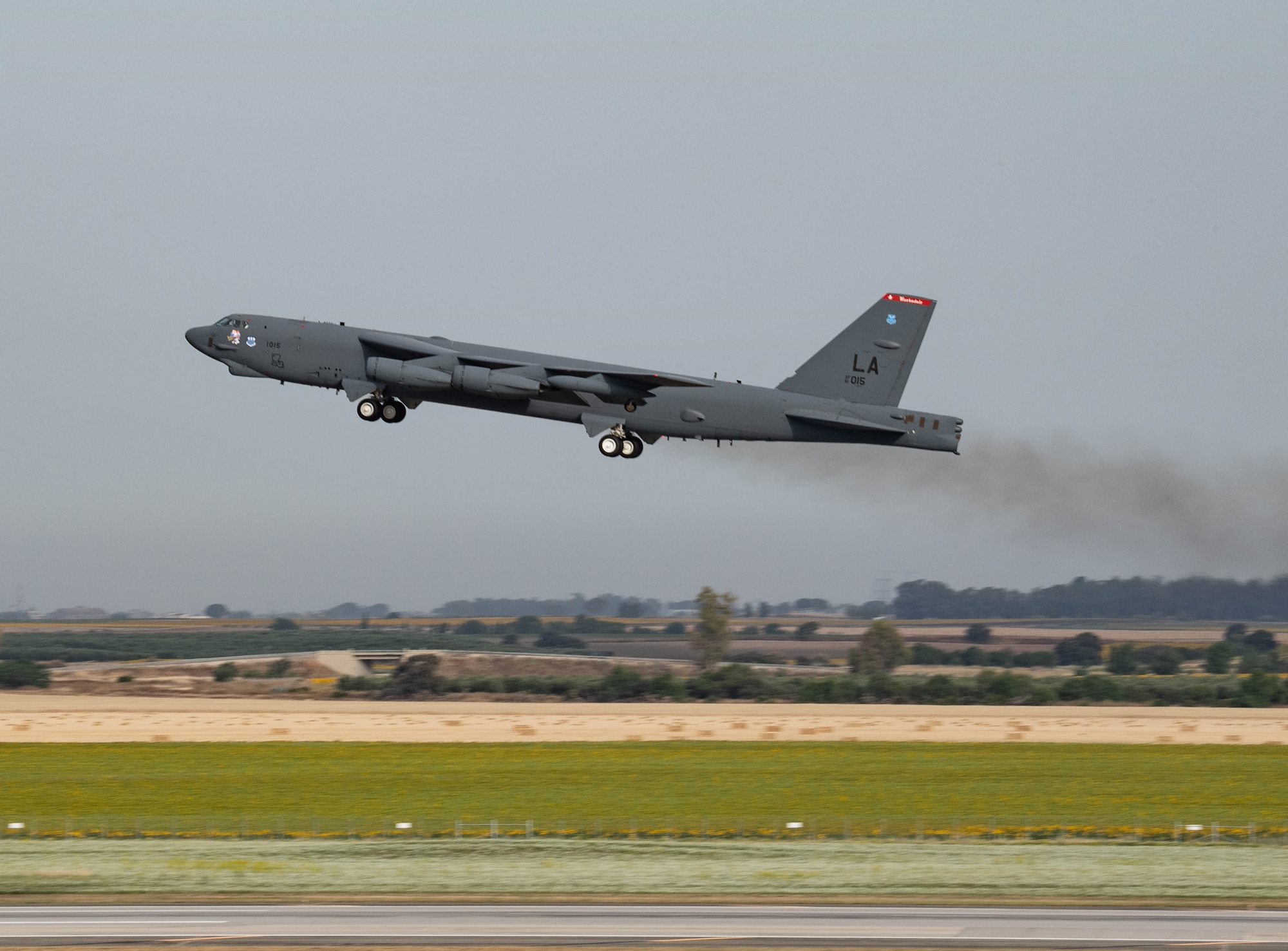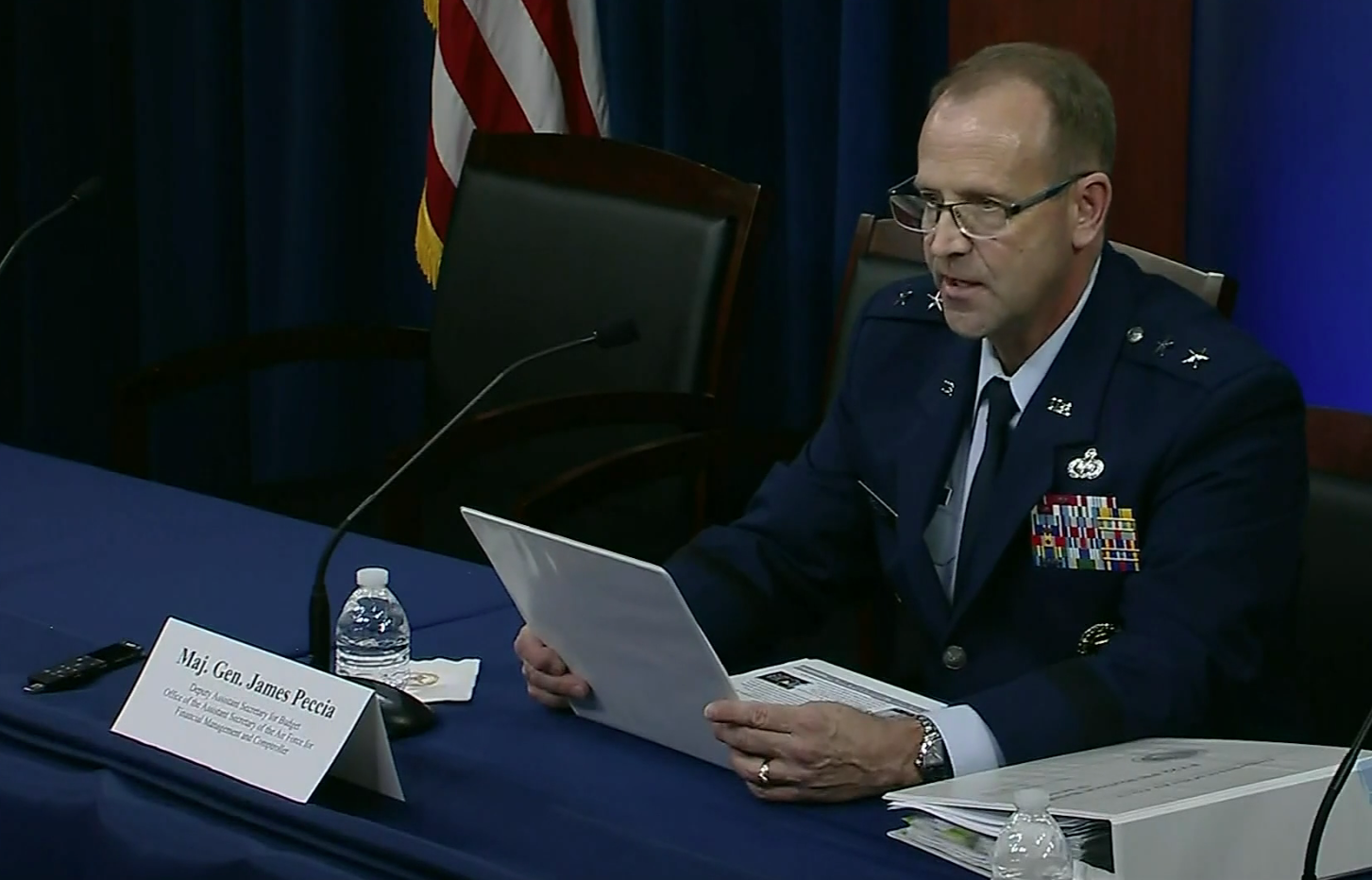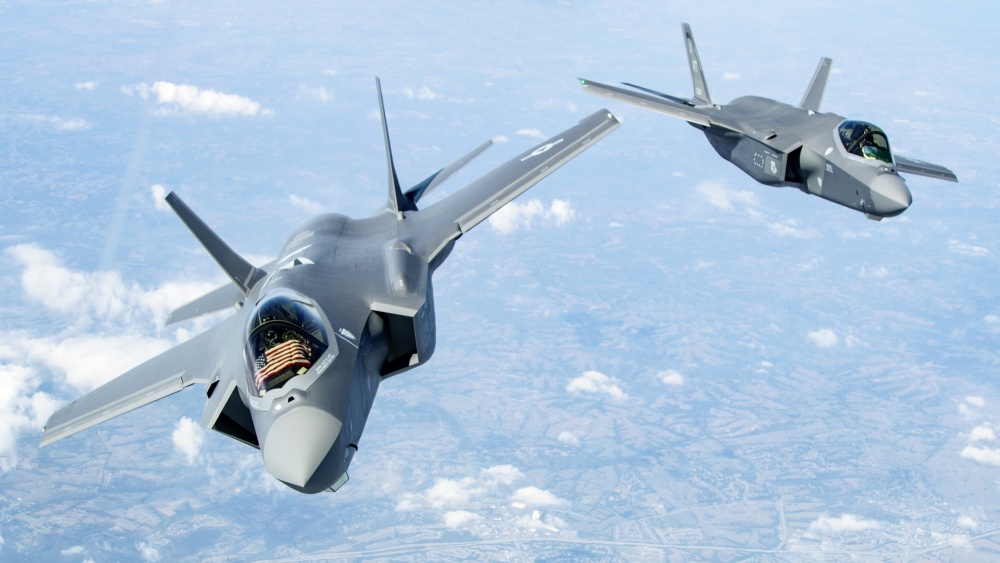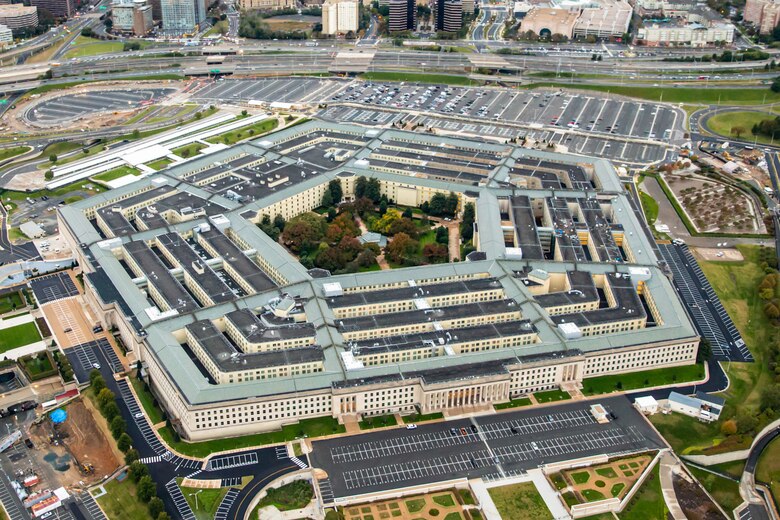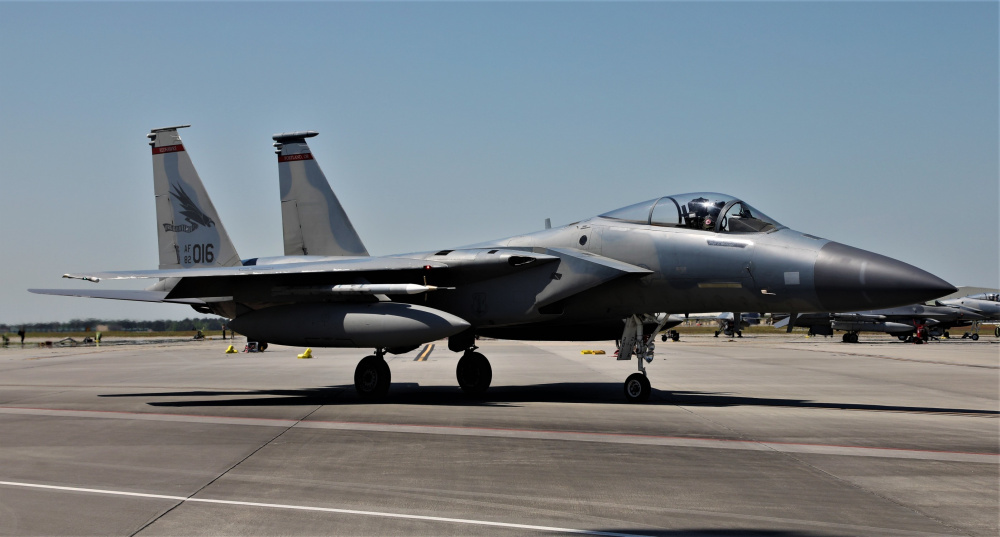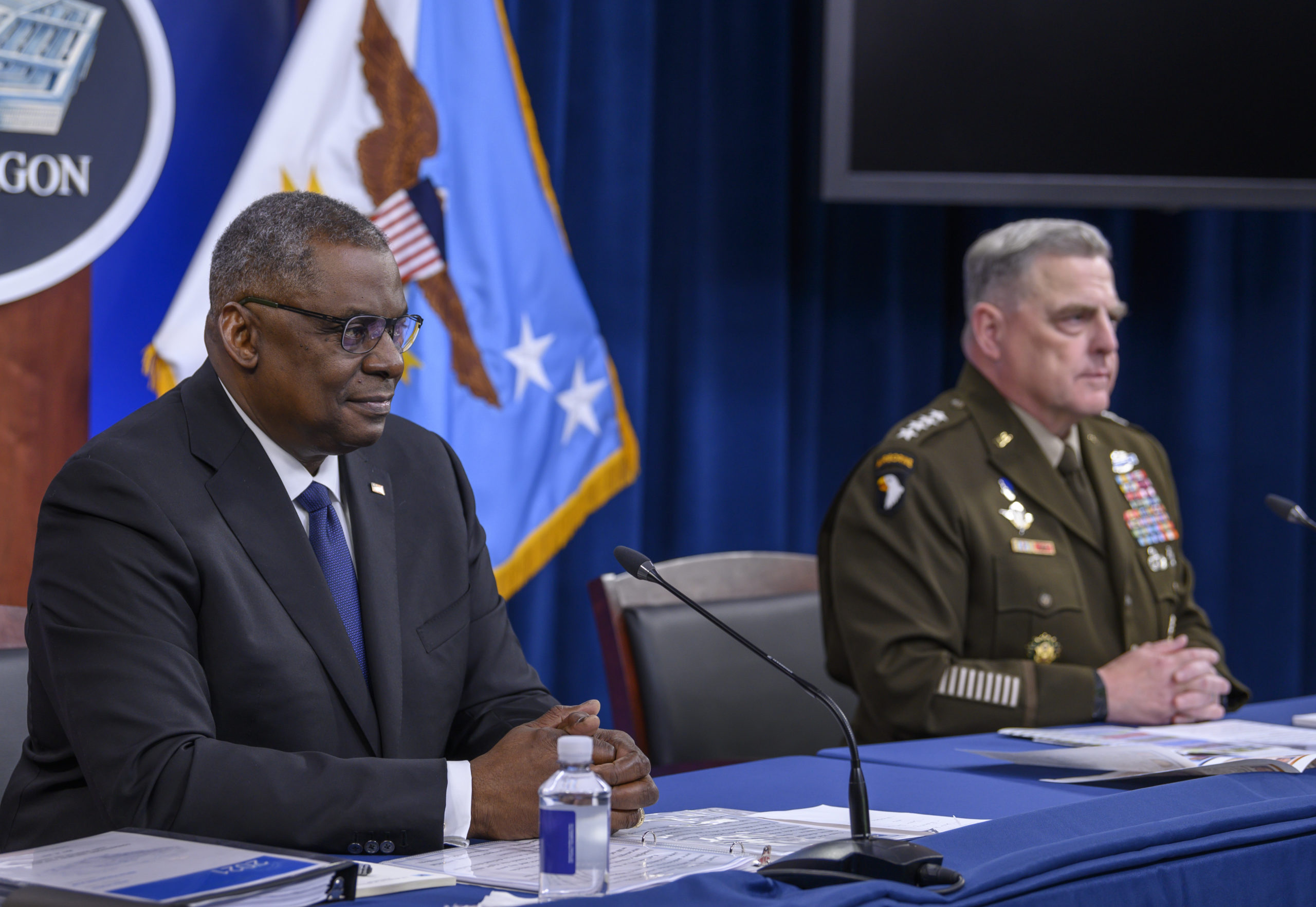B-52 aircraft deployed to Europe flew over all NATO nations in a single day, the second time in less than a year that U.S. bombers have flown this show of strength over the continent and North America.
The B-52s, which are deployed to Moron Air Base, Spain, flew over all 30 allied nations May 31, integrating with more than 20 allied militaries across two combatant commands as part of Operation Allied Sky, according to a U.S. European Command release.
The first leg of the mission included a flyover of all NATO nations in Europe, during which bombers conducted aerial refueling and flew with “several” ally aircraft. In the second leg, stateside-based bombers flew with U.S. and Canadian aircraft. The release did not specify how many B-52s participated.
“Bomber missions demonstrate the credibility of our forces to address a global security environment that is more diverse and uncertain than at any other time in our history,” said Gen. Jeffrey L. Harrigian, NATO Allied Air Command and U.S. Air Forces in Europe-Air Forces Africa commander, said in the release. “Today’s mission is an awesome demonstration of NATO air superiority and together there is no challenge we cannot tackle.”
In August 2020, six B-52s conducted a similar mission. Four bombers, deployed to RAF Fairford, United Kingdom, flew over all European member nations while two B-52s from Minot Air Force Base, North Dakota, flew over the U.S. and Canada.
